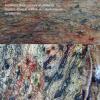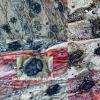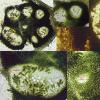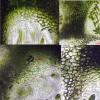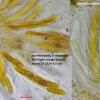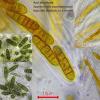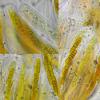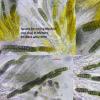
12-12-2025 18:39
Mirek GrycHello everyone.Macrofeatures similar to Mollisia b

09-12-2025 12:06
 Andgelo Mombert
Andgelo Mombert
Bonjour,Je recherche l'article concernant Hypobryo

07-12-2025 16:07
Arnold BüschlenHallo, ich habe in einer Moos-Aufsammlung (epiphy

08-12-2025 21:04
Mark Stevens"Hello everyone,I'm relatively new to microscopy (

08-12-2025 18:59
 Lothar Krieglsteiner
Lothar Krieglsteiner
.. found by a seminar-participant, I do not know t

08-12-2025 17:37
 Lothar Krieglsteiner
Lothar Krieglsteiner
20.6.25, on branch of Abies infected and thickened

16-03-2014 22:00
Hello,I found this species a few months ago but ha
ascomycete on Agave from Portugal
Lothar Krieglsteiner,
11-03-2025 17:22
 found last November in the Algarve, Serra Monchique. Who can provide me with a hint?
found last November in the Algarve, Serra Monchique. Who can provide me with a hint?Yolurs, Lothar
Hardware Tony,
12-03-2025 15:21

Re : ascomycete on Agave from Portugal
Hi Lothar,
Take a look at Phaeosphaeriopsis obtusispora, as the spores blacken in Lugols, the size fits and the key was the central cell slightly larger than the rest. Looked at Leptospharia also as this is a key feature of spores in that genera also. Or in and around Phaeosphaeriaceae. Just an option perhaps,
regarsd Tony
Take a look at Phaeosphaeriopsis obtusispora, as the spores blacken in Lugols, the size fits and the key was the central cell slightly larger than the rest. Looked at Leptospharia also as this is a key feature of spores in that genera also. Or in and around Phaeosphaeriaceae. Just an option perhaps,
regarsd Tony
Lothar Krieglsteiner,
12-03-2025 15:33

Re : ascomycete on Agave from Portugal
Hello Tony,
thank you very much for this hint that - I will follow it in the next days. At first glance it looks if it could be a "Hit the bull's eye".
Best regards, Lothar
thank you very much for this hint that - I will follow it in the next days. At first glance it looks if it could be a "Hit the bull's eye".
Best regards, Lothar
Lothar Krieglsteiner,
12-03-2025 16:21

I think better P. agavensisl
Using the key in Thambugala & al. (Phylogeny and morphology of Phaeosphaeriopsis triseptata sp. nov., and Phaeosphaeriopsis glaucopunctata) I come to P. agavensis, because the ascomata are partly multilocular (as can bee seen in the section in my second picture). The spore width fits better, too, even if the spore length is a little bit large.
Thanks again, Tony!
Thanks again, Tony!
